How I fell down the Kpop rabbit hole and woke up with snail mucus on my eyelids
Down The Rabbithole
While I can’t remember the day, week or month when it happened – I can remember the specific moment when I, having fought the urge with the stubbornness of someone expecting falling into some kind horrible hollow eyed terror of a Japanese video curse, finally clicked the video that had persistently been appearing in my Youtube feed for the past three weeks. I felt excitement and dread as well as a feeling of surrender. Would my hair immediately turn completely white? Was my heart going to give out and my mouth forever be frozen in a rictus of a scream?
Would my hair immediately turn completely white? Was my heart going to give out and my mouth forever be frozen in a rictus of a scream? Up until this point my only feelings about Kpop were from images of female Kpop idols. Images that seemed strangely artificial and heavily styled in a way that while familiar, having been exposed to Jpop, yet still felt outlandish by the standards of a stylistically anal retentive clothes and design nerd with French and Japanese heritage living in a middle-class Stockholm suburb…

I’m So Sick
Mentally I wasn’t so much on a slippery slope as I was in a free fall. A descent only minimally slowed by the near vertical walls of a sinkhole with nothing to grab hold of to slow my fall. The video started with a sprinkling of lounge piano playing with the familiar rasp of vinyl over it. Then the intriguing spoken lines of “I’m so sick of lying, you gotta know that…” (is that mysterious beautiful person sick of lying or is that her sick of being lied too? The mystery was, frankly, mysterious) and then the music transitioning into the sampled vocalising that’s a recurring theme of the chorus. A crystal chandelier twinkles, water glasses vibrates and six elegant women stride onto the set. The catchy song, the production values and the body roll of main dancer Bomi in the pre-chorus weren’t even needed for me to understand my fate was sealed. “I’m so sick” by Apink was added to a Spotify playlist and remained on heavy rotation for at least 3 months.
What’s an Apink?
What I didn’t realise at the time, as the full force of my nerdery hadn’t fully extended quite yet, was that this was kind of a momentous point in time for Apink. The popular girl group having reached what could possibly be the zenith of their career as a domestically hugely popular South Korean girl group in the “cute” genre, now transitioning into an, according to Kpop terms, more mature, sexy and elegant image (or “concept” in pop culture speak). And at this point in time I wasn’t fully aware of the depth of the rabbit hole or the quality or possible longevity of it. Permanent vacation or something like my fleeting obsession with management consultings’ use of issue trees? A year or so obsessing over 50’s to 60’s Italian motor scooters or my adult life obsession with casual sportswear, tailored suits and Americana?
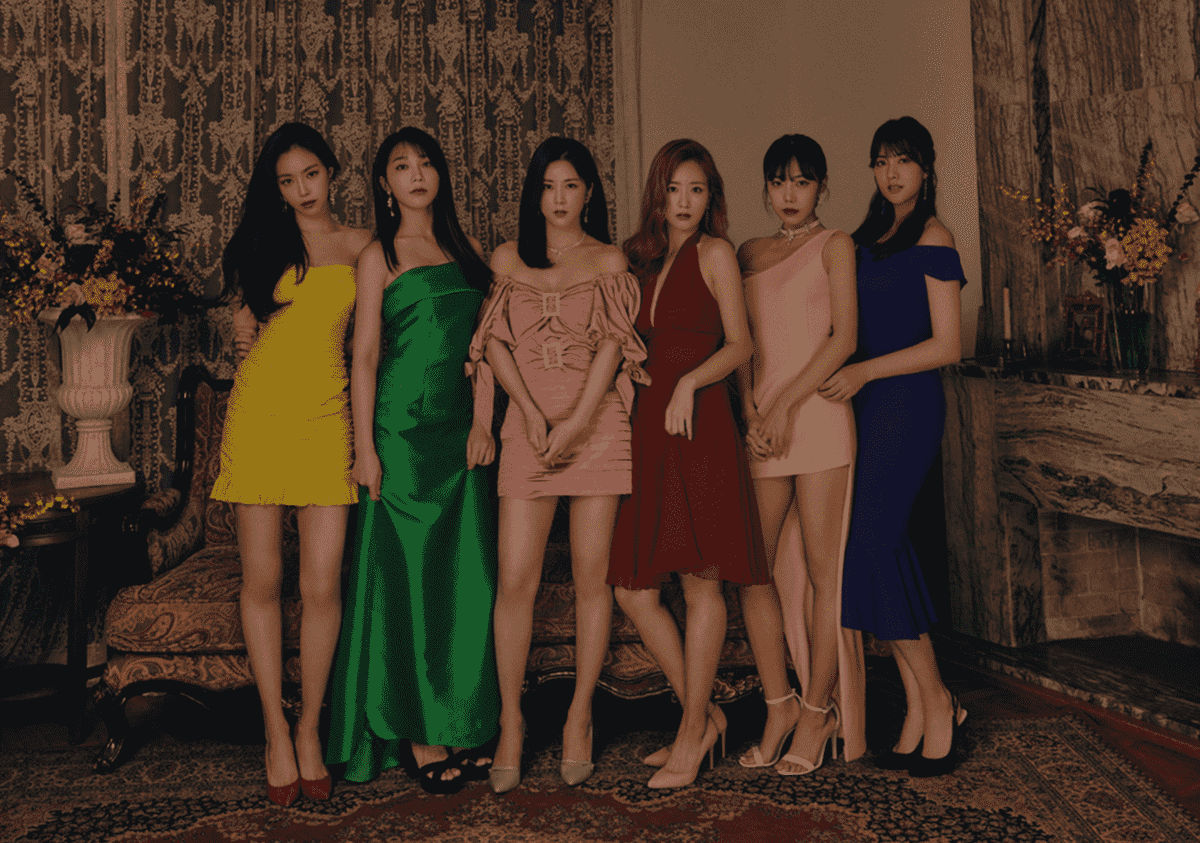
Apink
Debuted April 2011. 6 members under entertainment company Plan A Entertainment.
Through the gateway…
As always when finding a new obsession and a good thing the immediate thought was: “is there more of this fix or is it too good to be true? Can the new feeling be repeated? Can it be relied on being available for whatever the duration of the obsession?” This to me is often the make or break point when something gets caught in the headlight of my interest.
If there wasn’t enough of depth to nerd about I would be out.
My interest in Kpop was still on the cusp. Would I even like Apinks’ other songs? If I liked them would there be more groups like them? More variation? And what the hell was a pink panda? The imagery was still kind of strange to me. The inevitable recommendations appearing in my Youtube feed because of the repeated watching of Apinks’ “Im so sick” didn’t necessary look like sure things. The boy groups aesthetics being incompatible with my own preferences, Twice were overwhelmingly… numerous and the older groups like BigBang looked strange from my perspective – the hip hop thing filtered through Kpop style at that point just seemed to alien to me. Apink though, was hot, elegant and poppy.
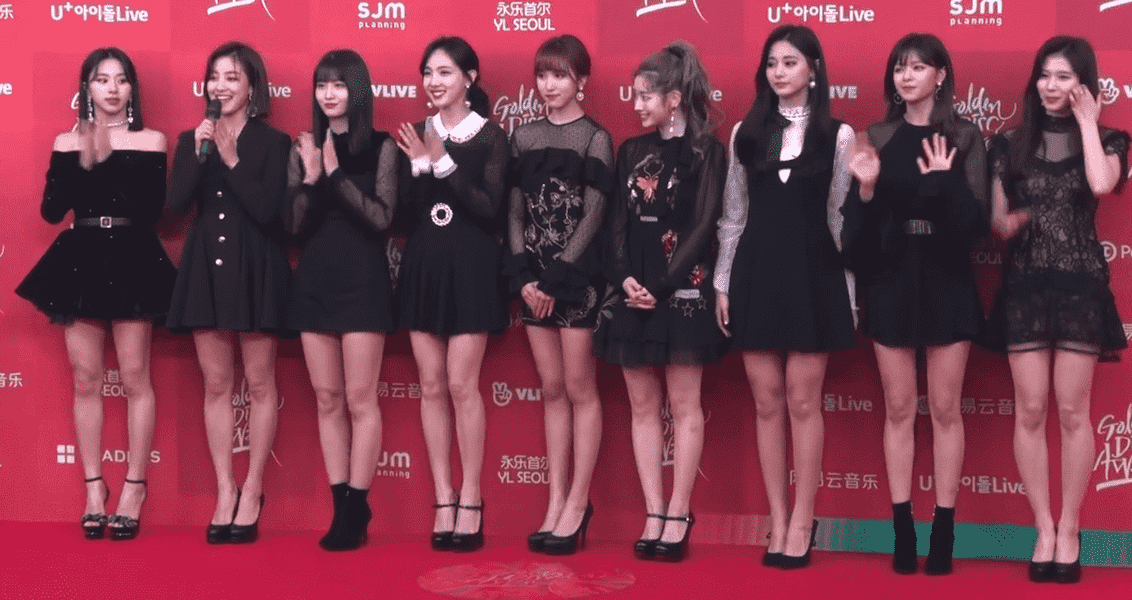
Twice: Numerous

Big Bang: Strange fruit
So I started checking out the back catalogue – the older Apink stuff was certainly more sugary and cute but there were quite a few songs I liked and the synchronised dancing and production values of both songs and videos were great.
Through my life having worked with most aspects of product development (something I suspect to do partly with the obsessive focus I pay to things I find interesting – and not ruling out random neurological damage either) I could appreciate the full package effort going into this stuff.
Each release or so called “concept” and “era” was highly conceptualised and differentiated. Musical style, sartorial styling, visual production varying from release to release. And the amount of effort going into each seemed supremely professional with slick packaging and satisfying single serving concepts.
Four different “concepts” from Apink. The summer and marina flavoured “Remember”, the autumnal Valentines day ambiance of “Luv”, the coming of age vibe of “I’m so sick” and “Dumhdurum” just because it’s cool.
Otakus, Long Tail & “A Thousand True Fans”
Far from the western music biz that still somewhat retains traces of the old “full album” supported by single releases every other year, a Kpop release is completely geared to a contemporary style of music distribution. Each release is created to commercially stand alone, most often with a single or mini album with a distinct concept and it’s own merchandise at it’s centre. For an active Kpop group there are multiple releases during a year, each with a limited launch and promotion window. The supporting trad media schedules and super regimented social media plans are rigorous. drumming up interest pre-release and then taking care to focus fan energy into the buying funnels and engagement loops needed to maintain momentum during the whole promotion window. The hardcore fan bases are critical for the releases as, contrary to what you might initially think, Kpop isn’t synonymous with mainstream Korean music, but represents a vertical of it.
And the Kpop companies relies on the hardcore fanbase spending time and money on everything connected to the release to monetise it fully. The power of harnessing super focused fans, in Japanese and general pop culture you might call them otakus, is central to the Kpop business model. Monetising the music releases, getting people to pay for going to fan meets and concerts as well as buying back/permanent catalogue items like records, lightsticks and other merch all depends on the hardcore fans rather than the general public.
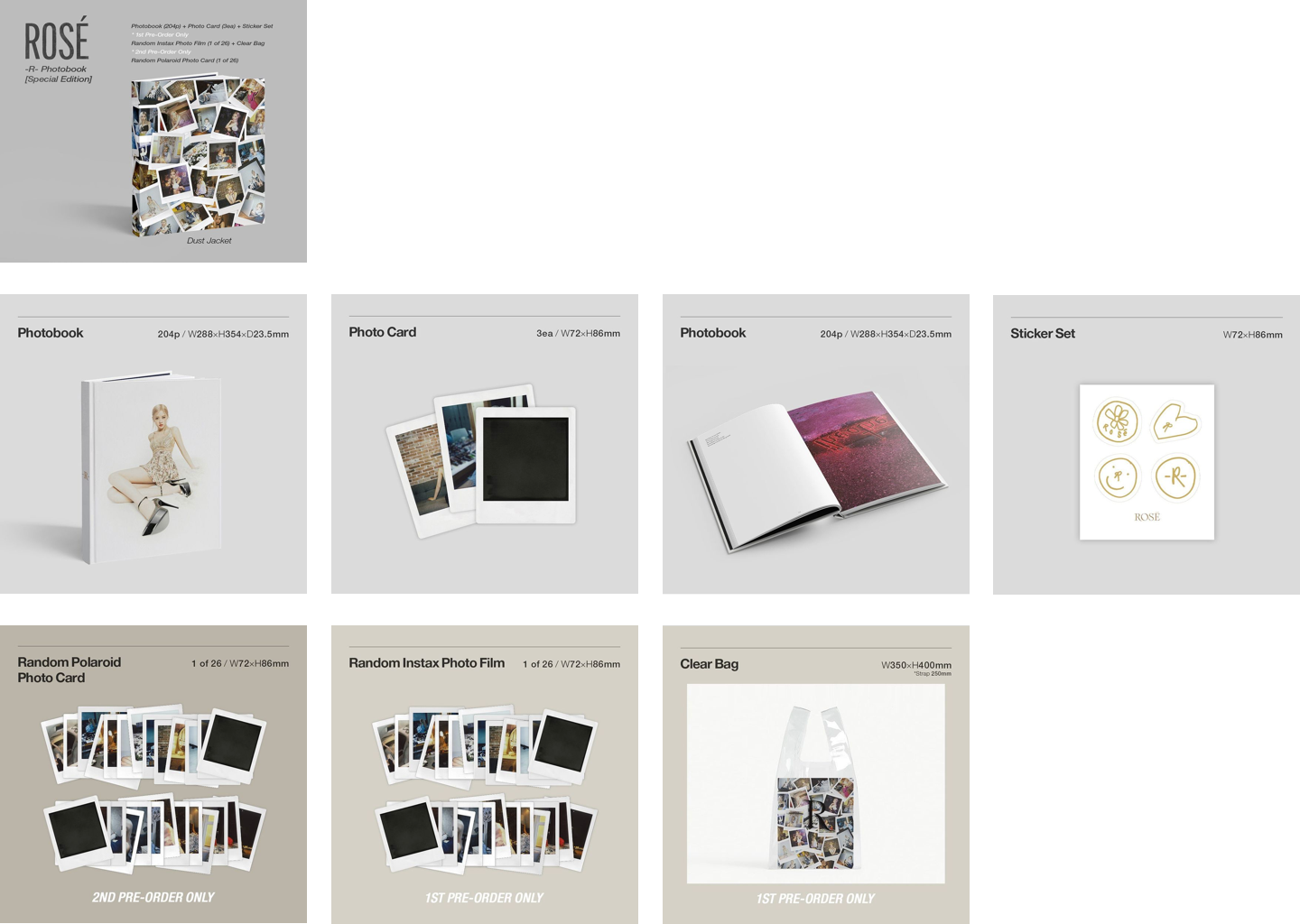
Instagram campaign promoting the merch of Rose, of Blackpinks, debut solo release.
The A Thousand True Fans thesis was outlined by Wired Editor and Thinker Kevin Kelly in 2008.
In short it highlighted the thinking that the internet could efficiently match creators and artists with an audience with no middlemen cutting into the profit. And a Thousand True Fans each supporting the creator/artist with 100USD a year, meant that an artist, having cut out costly layers of promotion and distribution cost could make a living from that revenue.
A Thousand Fans also outlines the deep engagement and connection that the artist needs with its audience to be able to get to that point. This echoes a lot of the importance of the mechanisms with which the Otaku or fan is being able to engage with artists to a very deep perceived level (this being exploited very consciously in Jpop with acts like AKB48). The ease with which commercial entities can reach these groups of fans (ie the “long tail”) is another important mechanism that makes Kpop work. Kpop isn’t purely a Thousand Fans nor is it solely relying on Long Tail, but works in kind of a hybrid state with some of these concepts being critical to its success. For a business, product and service nerd like me, it just looked like Kpop had taken pop music to the level of being a close to perfectly executed product effectively using multiple platforms and models with high effect.
On top of being enticing as the perfect product, I have always had a love of perfect pop. Even while indulging in “difficult” stuff like jazz, obscure easy listening and old soul and r’n’b or even more verticalised pop like Brit pop or Post punk, I’ve always had a steady consistent love of the perfect pop songs – that’s always been the driver. All of my favourite music at it’s core has great pop sensibility regardless if its golden era Motown, Britpop or glittering slick Japanese City Pop.
So what else is so fascinating about Kpop?
Another factor to me is that music has always been inseparable from the rest of my life: clothes, design and music, simply put, is part of one inseparable lifestyle. And Kpop being so manufactured, just hits the right spot: it’s meticulously pre-meditated, styled and conceptualised to a point that is just far more extreme in it’s execution than any of its European or American counterparts. A fascinating observation I’ve seen a few times is that Korea skipped the radio based pop culture development that’s formed so much of Europes, North Americas and Japans pop cultural style. Instead Korea went straight to a television based media model which some say explains the Korean pre-occupation with the visual appearance and performance of their artists. Early Kpop was established not that long ago taking some pretty interesting inspiration making Kpops distinct flavour influenced by stuff like 90’s US RnB and Hip Hop.
It’s Asian, more importantly Korean
East asian culture is obsessed with conscientiousness and perfection. Korea is a highly developed economy with a fair sized internal market as well as a wide talent pool. The deal flow of highly disciplined teenagers and young adults ready to put pretty much everything aside for a career in Kpop combined with a highly competitive labour market that’s notoriously tough for young people to enter, creates a big talent funnel for Kpop. And while Kpop can look to Japan for inspiration it takes inspiration from both Western popular culture as well as from the older cousin to the East. Korea to me, is also less inward looking than Japan making exporting Kpop more viable and less of a niche proposition than what can be said of Jpop. And Japan and China as well as North America and Europe are all strong secondary markets that together with the domestic Korean market makes for a big business opportunity.
Familiarity breeds contempt
When I was in my late teens starting to get into a lot of old soul music from the 50’s and 60’s – one of the biggest hurdles were the lyrics. The production and music in itself was great, but at that point in life I didn’t entirely mesh with the “oh baby”-sentiment of the genre.
To this day this still rings true – if a song has banal or badly crafted lyrics I’ll have a much harder time liking it. And with Kpop being mostly in Korean, you get a great break from thinking about the actual content of the lyrics (well if you’re not Korean that is).
This is kind of a great analogy of one of the major selling points of Kpop to me: not being familiar with all the ins and outs of Korean culture, not just the language, means that something that might seem mundane to the average Korean seems exciting and fanciful to a Japano-European like me. In a sense as a non-Korean you have the rare opportunity to project freely on the bright canvas of Kpop.
KPOP Market capitalization (USD)
"boy with luv", bts youtube views the first 24 hours
So Why the K?
While there is arguably a lot going for South Korea when it comes to pop culture. An mature media ecosystem producing great content ranging from K-drama to Historical zombie action. Add to this one of the most pragmatic and coolest cuisines in the world, a touch of K-cosmetics taking the rest of the world by storm and a very distinct Korean fashion sense – it all makes for a long list of what makes this part of Korean pop culture so compelling.
The combination of the Asian mentality and perfectionism, the arena of the South Korean market and economy, the familiar yet extremely different feel and context together with overwhelming synchronised formation dancing creates a perfect storm of awesomeness. Something that is hard, not to say impossible, for a pop culture nerd like me to ignore. The show must always go on and the cool needs to be hunted and spotted.


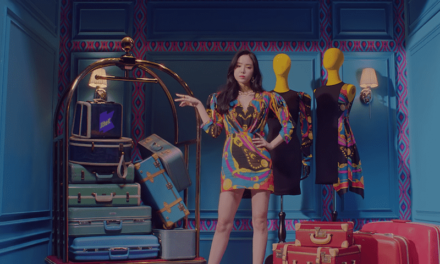


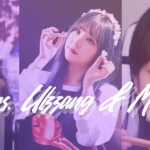




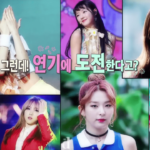

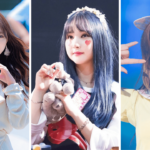
0 Comments